Slurm DevOps. The first day. Git, CI / CD, IaC and the Green Dinosaur
September 4 in St. Petersburg began Slurm DevOps.
In one place and at the same time, all the necessary factors gathered for a fascinating three-day intensive: a convenient Selectel conference room, seven dozen curious developers in the hall and 32 participants online, Selectel server for practice. And a green dinosaur lurking in a corner.

On the first day of Slurm, three speakers addressed the participants.
Pavel Selivanov, a solution architect at Southbridge, has been administering for over 10 years, is a Certified Kubernetes Administrator. Permanent speaker of Slurm. He made presentations at the Moscow Kubernetes Meetup and UWDC conferences. He has rich experience in implementing Kubernetes: 5 projects - individual work, 20+ projects as part of a team.
Artyom Galonsky, Bureau of Bureau Bureau, specially arrived at Slurm DevOps from Kaliningrad. Experience in commercial development for over 12 years. He played the role of team leader / head of the development department since 2011. He became Technical Director in 2016. He thinks the devops engineer is a bit of a unicorn. Not in the sense that only a virgin can catch him. But the fact that no one knows what it really is.
Alexey Stepanenko, an engineer at the Selectel cloud platform department, is engaged in the infrastructure tasks for servicing the OpenStack cloud: monitoring, CI / CD and configuration management.
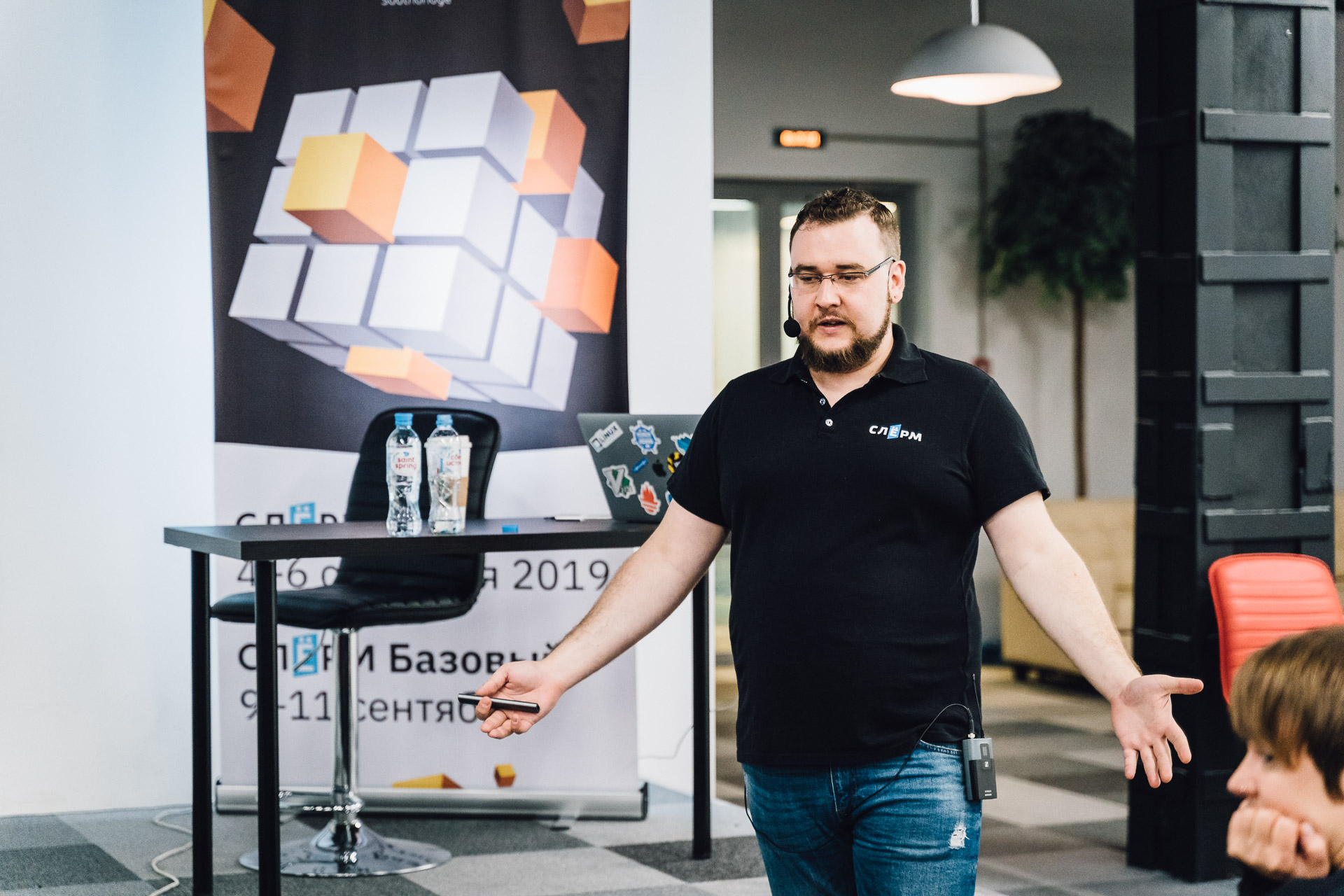
"... and then I caught such a bug."
Pavel Selivanov fell in first with knowledge on the participants - and from an unexpected side. It would seem that what is so special about Git is, it seems, the simplest and most mundane, elementary truths. But in reality, few people know how to work properly with Git. We walked through the basic commands git init, commit, add, diff, log, status, pull, push. We remembered git flow, branches and tags, merge strategies.
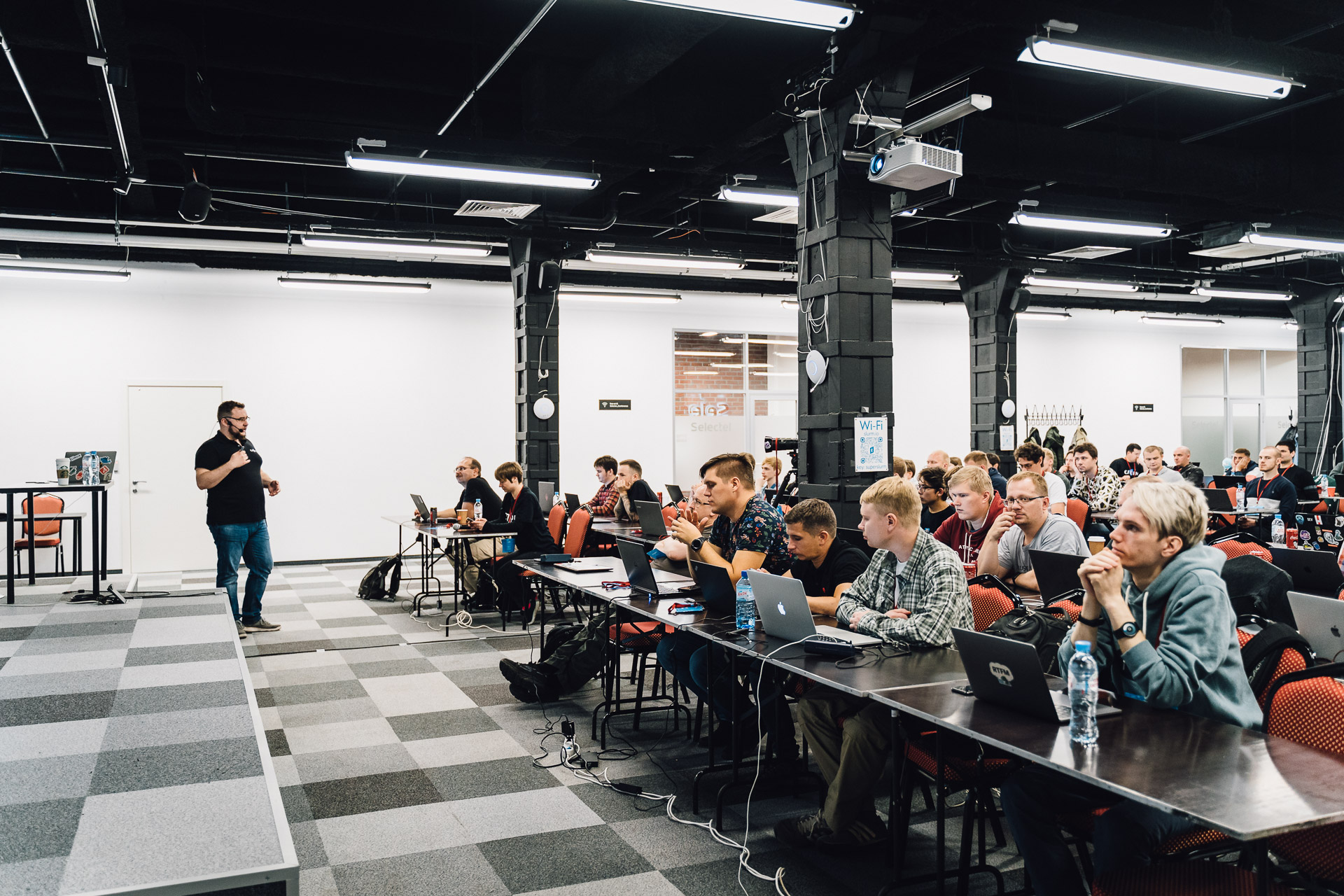
Then Pavel Selivanov took the time to work with Git. We went through fork, remote, pull request. And then we discussed conflicts, releases, and once again returned to Gitflow and other flow in relation to teams.
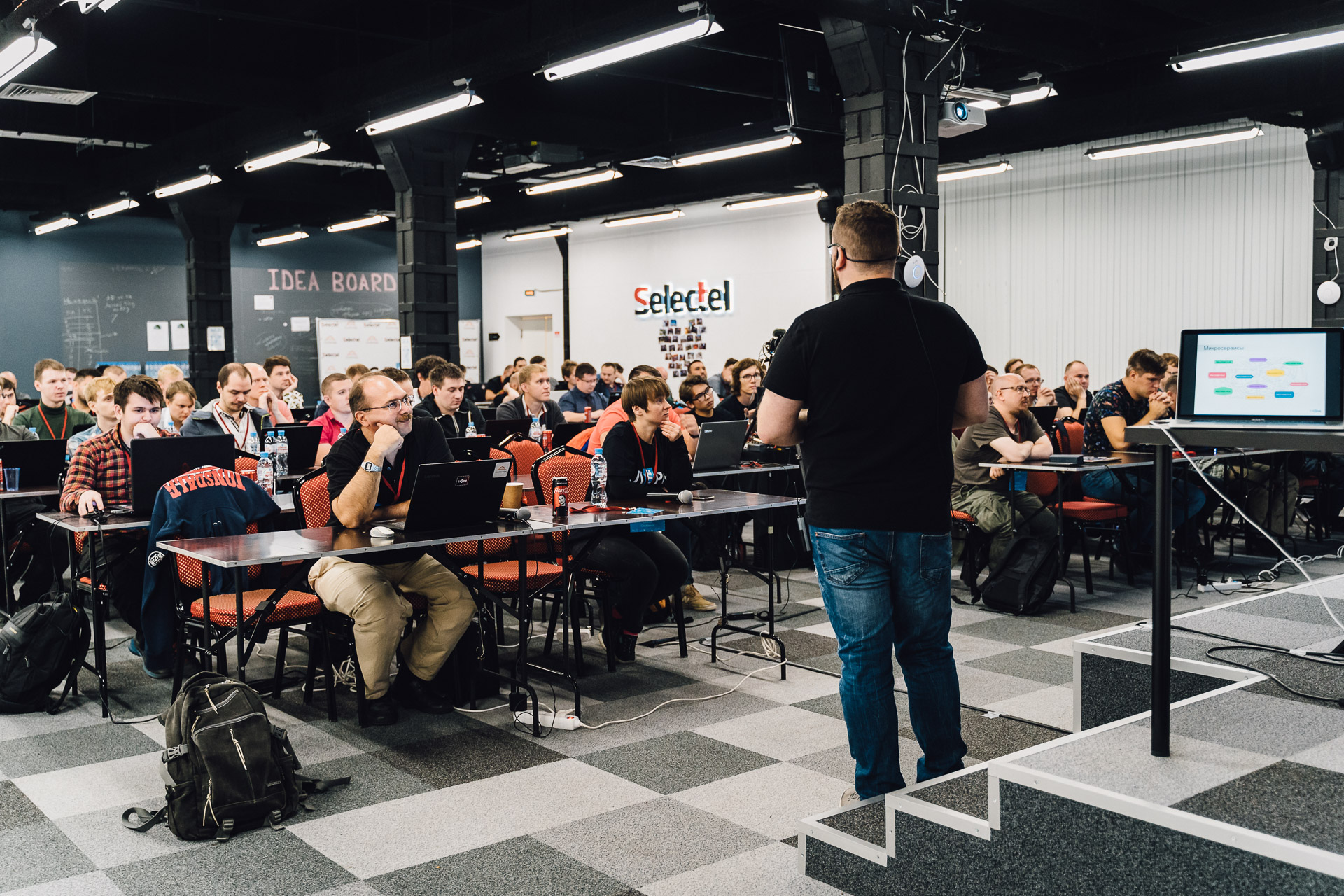
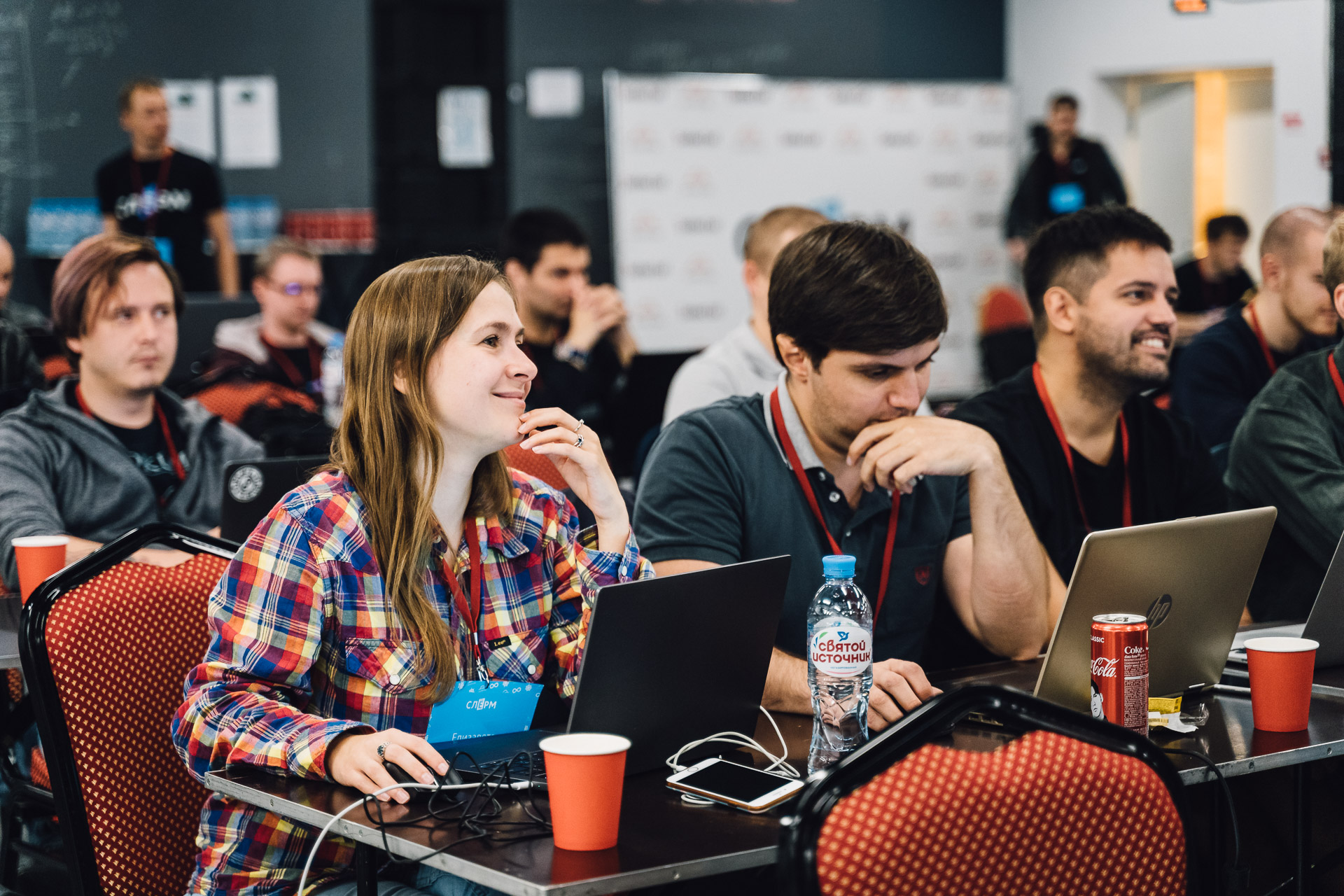
"Ah, what an admin!"
After lunch, when the participants gained some strength and prepared to listen further, it was the turn of CI / CD.
Artyom Galonsky began with the theme “CI / CD: Introduction to Automation”. He examined in detail the bash, make, gradle tools, as well as the use of git-hooks to automate processes. He talked about factory assembly line assembly and their application in IT. He shared an example of constructing a “common” pipeline. Discussed modern software for CI / CD: Drone CI, BitBucket Pipelines, Travis.
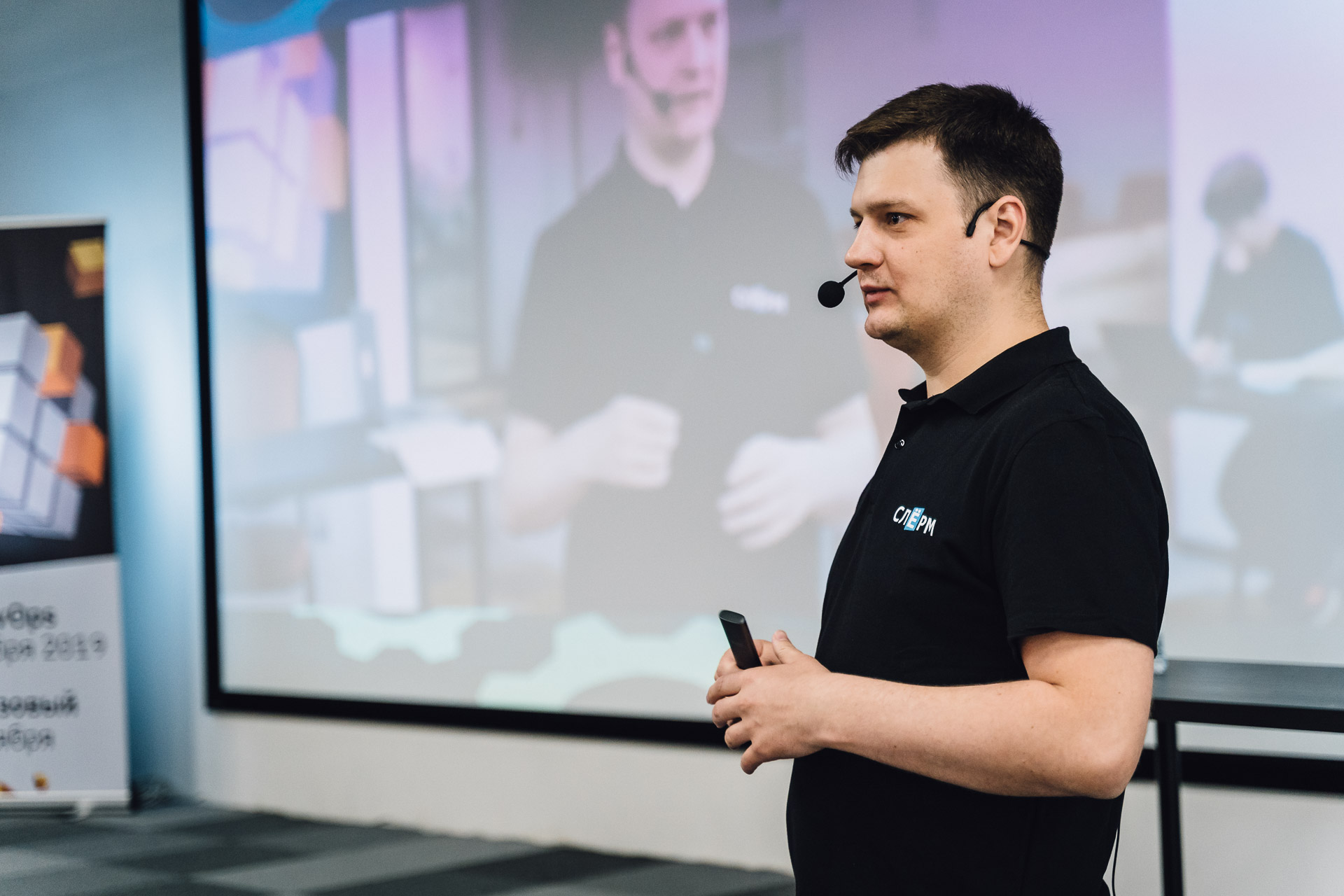
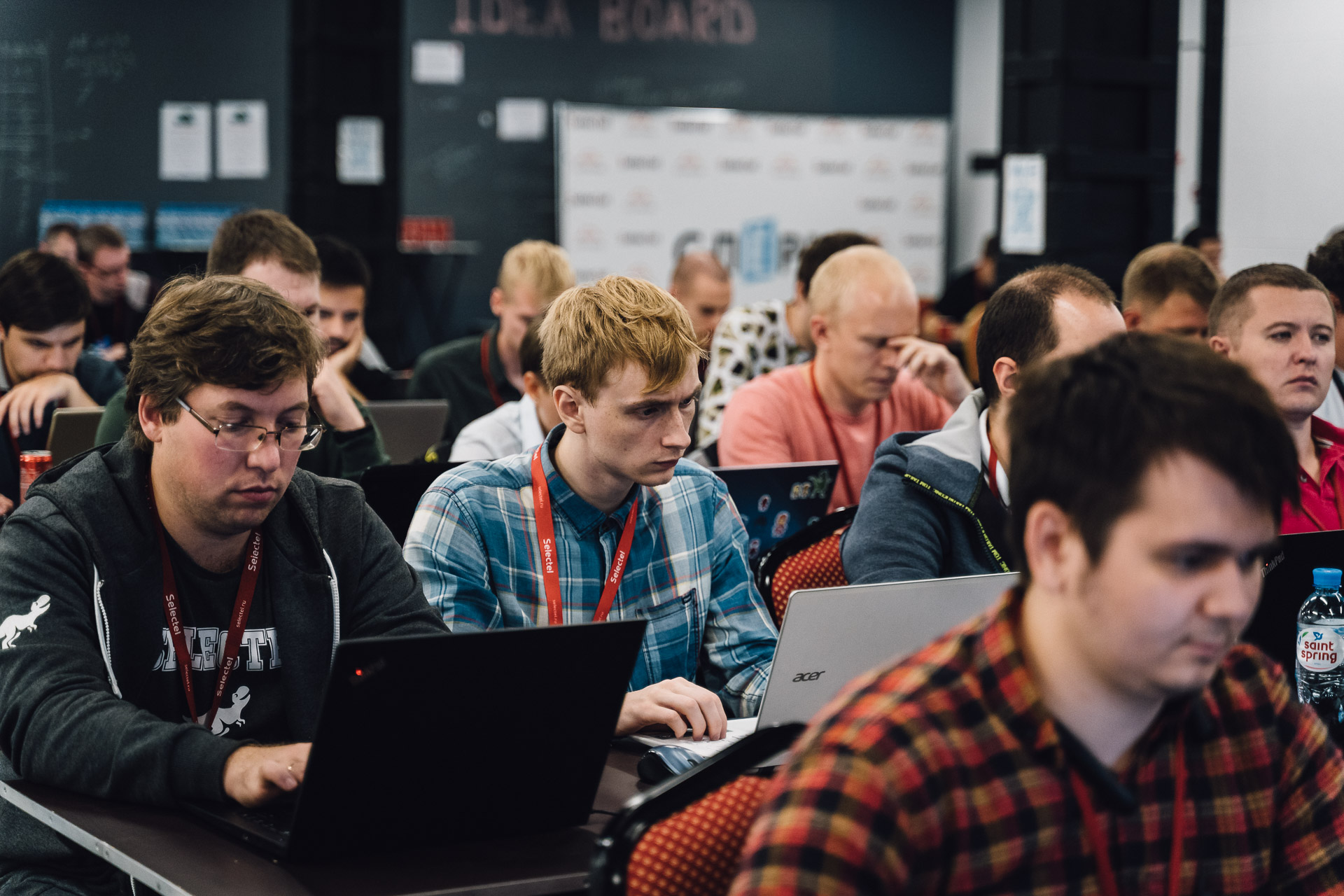
Closer to six o’clock in the evening, the participants began to slowly exhaust. There were suggestions to take breaks more often. Actively working neocortexes in the conference hall became significantly warmer. In the working chat there was even a distressed request: “Colleagues, let's not stumble and take more breaks #support”

"- Mary Ivanna, can I go out? - No, sit!"
Artyom Galonsky mercilessly continued to load knowledge into the participants. After the coffee break, I opened the next topic, “CI / CD: Working with Gitlab”.

"Now hold on tight to the laptops. And, and, let's go!"
He talked about Gitlab CI, tuning features, best practices, then about Gitlab Runner, their types and application. Considered the stages of Gitlab CI and the variables of Gitlab CI. Following the control and execution restrictions (only, when), I talked about working with artifacts. I showed the templates inside .gitlab-ci.yml, reusing actions on different sections of the Include pipe section. He completed the centralized management of gitlab-ci.yml: one file and automatic push to other repositories.
After regular cookies and coffee, Alexey Stepanenko addressed the participants with the theme “Infrastructure as Code: an approach to infrastructure as a code”. In the hall, the audience was keenly interested in the theme of the next day “IaC on the example of Terraform”, they demanded heart-breaking stories.
, [4 . 2019 ., 20:27:35]: @f3exx ? Aleksey Stepanenko, [4 . 2019 ., 20:28:32]: ) Dmitriy Miroshnichenko, [4 . 2019 ., 20:28:38]: , ? ?
At the fifth Slurme, we tried the “ladder” scheme, when the material is given from simple to complex - with a start from Git and a finish at SRE. It didn’t work out very well: cool participants got bored with light topics. Let's see how the difficult part of the intensity goes on Friday.
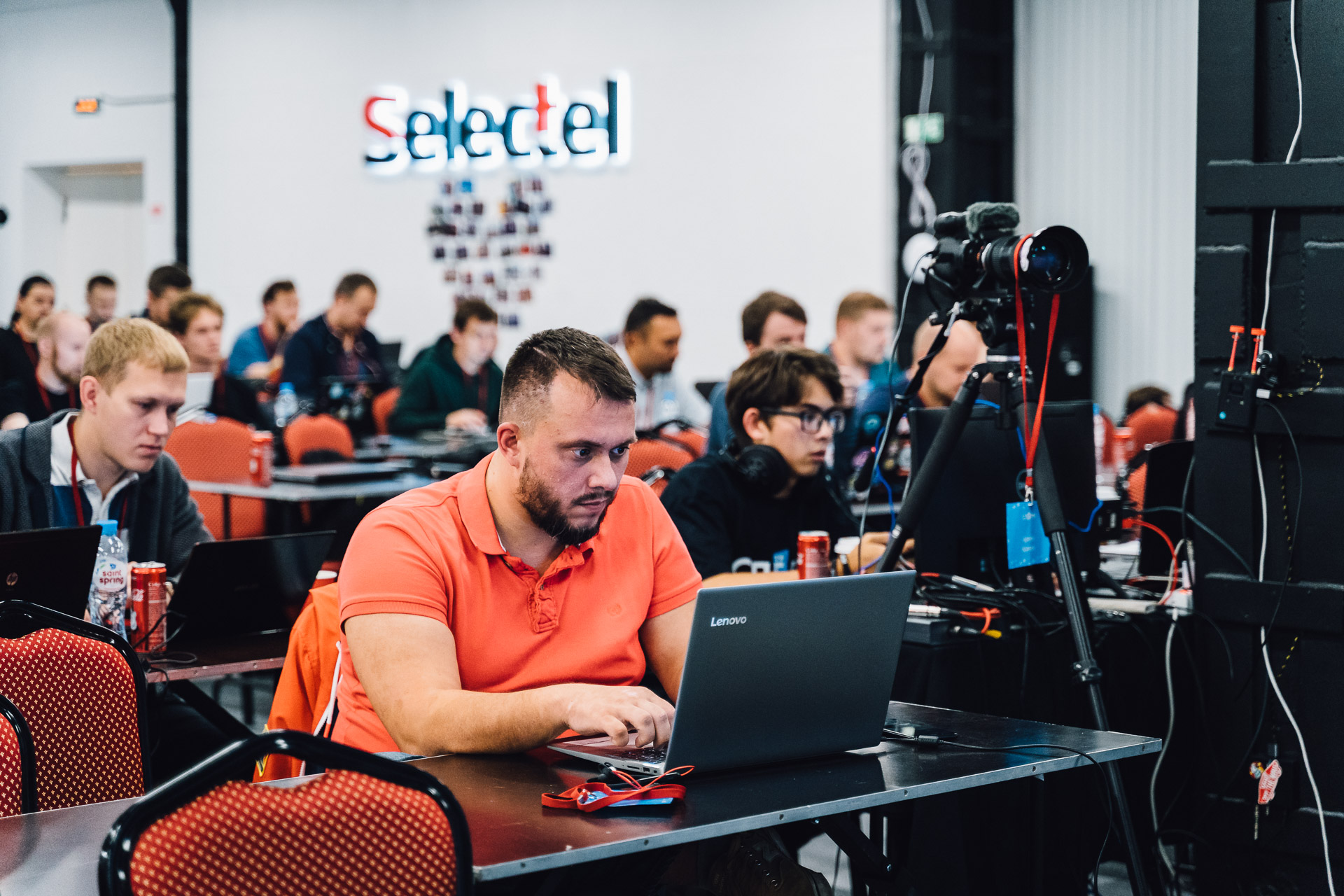
In the Slurm chat they write:
, [4 . 2019 ., 16:17:28]: , . , . Alexander B, [4 . 2019 ., 16:18:06]: , - - , Fedor, [4 . 2019 ., 16:18:21]: +1 , 80% , [4 . 2019 ., 16:19:01]: runners )
If you slow down the course of Slurm, less information will fit into it. We must sacrifice something - we sacrificed at a comfortable pace. Especially in order to fit and ram everything in the head, there are notes of the intensity.
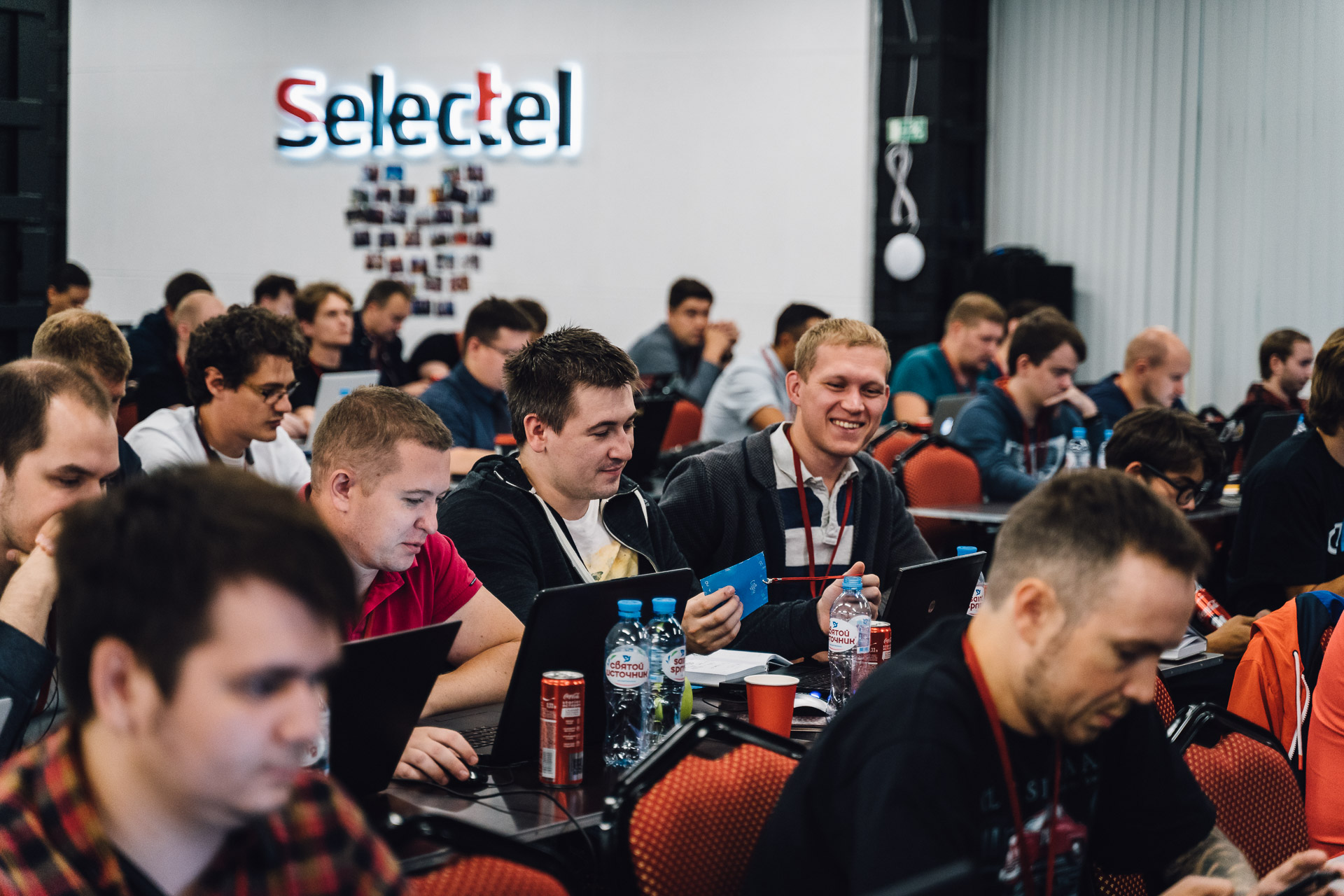
Pavel Selivanov several times asked the audience how ready they are to continue further or to transfer a number of IaC subtopics to the next day. For a long time friendship and neutrality won the vote. And only at half-past eight in the evening those who still remembered that at night the idea was to sleep won.
We responsibly declare that during the first day of Slurm, no dinosaur was injured by DevOps engineers. There are still two days of intense ahead. The most interesting, complex and delicious: IaC and SRE.
All Articles